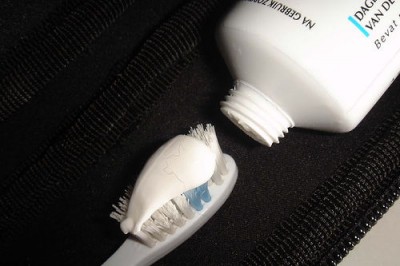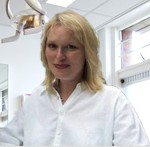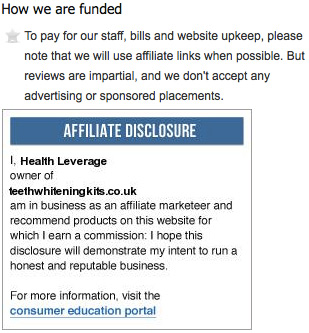Better Brushing Techniques Help Keep Your Teeth White and Healthy
Published:October 3rd, 2012 Everyone knows they should be brushing their teeth twice a day, but sometimes this can seem a bit of a chore, and if your oral health is isn’t that good, it can even be painful. The whole purpose of brushing is to help remove excess food particles and the plaque bacteria that build up over the course of the day, creating a biofilm over the surface of the teeth and gums. It’s essential to remove these bacteria as they produce toxins that attack the teeth and gums, creating inflammation and infection.
Everyone knows they should be brushing their teeth twice a day, but sometimes this can seem a bit of a chore, and if your oral health is isn’t that good, it can even be painful. The whole purpose of brushing is to help remove excess food particles and the plaque bacteria that build up over the course of the day, creating a biofilm over the surface of the teeth and gums. It’s essential to remove these bacteria as they produce toxins that attack the teeth and gums, creating inflammation and infection.
Using the correct technique you can help keep your teeth and gums in peak of health. This means taking the time to make sure that you clean all the outer surfaces of the teeth, as well as the inner surfaces and the chewing surfaces. It’s best to use small circular motions and to make sure you brush the gums as well as the teeth as this will remove the plaque bacteria and stimulate circulation.
It can often help to think of your mouth as being split into four different sections or quadrants, and to concentrate on cleaning each quadrant thoroughly before moving onto the next. It can be very useful to use an electric toothbrush as they have built-in timers to alert you to move on to the next section. It can be helpful to watch yourself cleaning your teeth in the mirror, as this will help show you any sections that you might be missing out.
Your tongue also harbours a lot of bacteria, and it is a good idea to clean it regularly, and this will also be when used correctly, a manual toothbrush help to freshen your breath. Floss should be used to clean in between the teeth, and there are lots of different floss is on the market. It’s best to keep experimenting until you find one that suits you, but most people prefer to use one that is waxed as it’s much easier to slip in between the teeth. Your dentist or hygienist will always be very happy to show you the correct technique to floss. A lot of people tend to skip flossing on a daily basis, but it is essential as the contact areas in between your teeth account for around a third of the total surface area.
Choosing the right brush
Electric toothbrushes can make the job a lot easier, and are perfect anyone who has difficulty manipulating a manual toothbrush. The 2009 Cochrane Report found electric toothbrushes with a rotation oscillation action were more effective at removing dental plaque than manual toothbrushes, although the long-term benefits of using an electric toothbrush compared to a manual toothbrush aren’t really known. However if you really don’t like using an electric toothbrush, then a manual toothbrush should still achieve good results at removing dental plaque provided you have an excellent brushing technique.
It’s best to choose a toothbrush with soft bristles rather than hard bristles, and it’s important not to apply too much pressure when brushing as you could wear away the tooth enamel. Holding the brush so the bristles are at a 45° angle to the tooth will help ensure they reach down to and just below the gum line, as plaque bacteria tend to congregate in this area. Choosing your toothpaste according to your oral hygiene needs will help maximise the effectiveness of your tooth brushing routine.
About the author
 Alison, is a UK born and educated dental professional with over 25 years experience.
Alison, is a UK born and educated dental professional with over 25 years experience.




Write a Comment of Better Brushing Techniques Help Keep Your Teeth White and Healthy